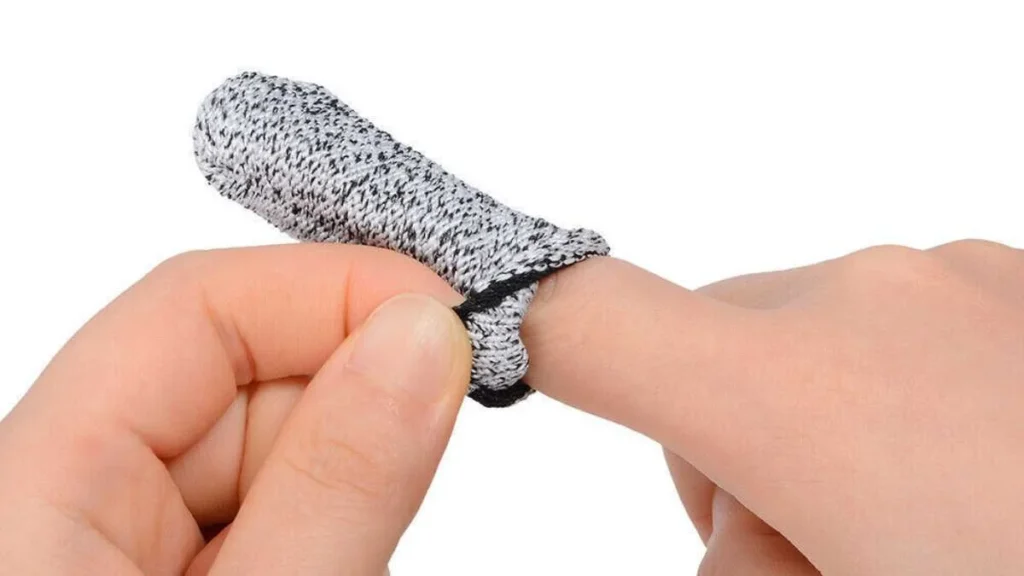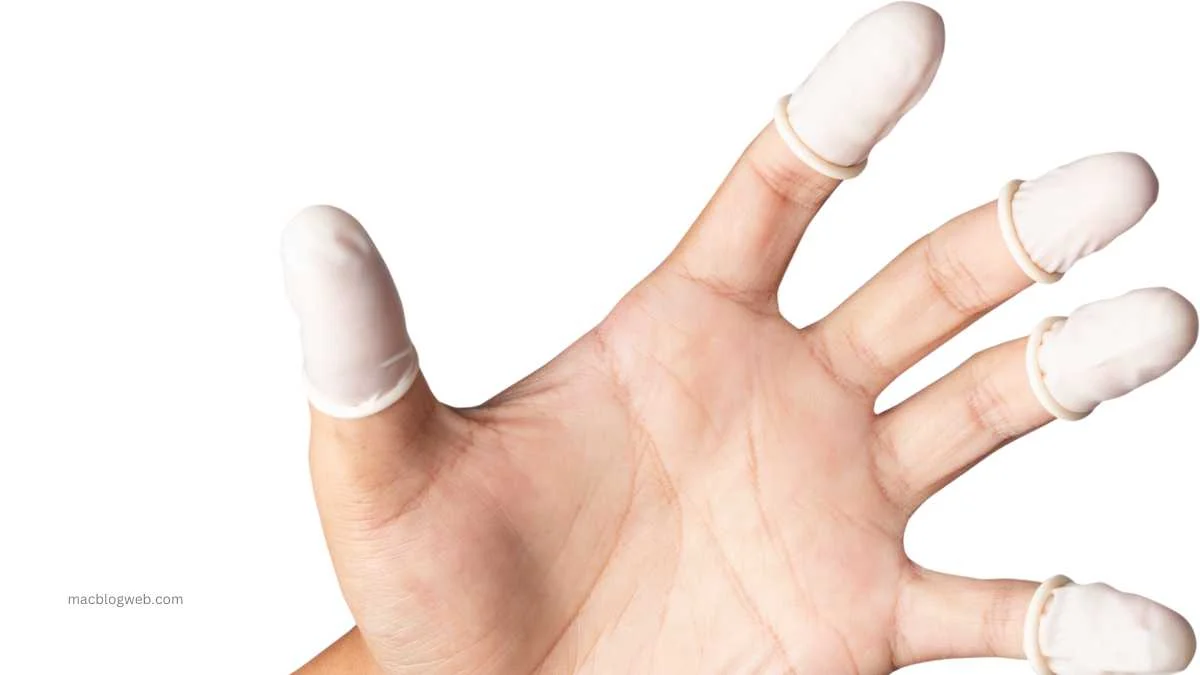In the realm of personal protective equipment, finger cots represent a specialized yet essential tool, designed to cover and protect fingers in various professional and everyday scenarios. Often likened to “finger condoms,” these devices offer a targeted protective solution where full gloves are unnecessary or impractical. This comprehensive article delves into the history, material science, applications, and practical tips related to finger cots, shedding light on their importance in both medical and industrial contexts.
Historical Background
The concept of the finger cot dates back several centuries, with the term “fyngyr stalle” recorded as early as 1483, evolving to “cot” by 1617. Originally made from leather, these early finger stalls served primarily to protect the fingers from physical injuries. Over time, the evolution of materials and manufacturing processes has significantly expanded the applications of finger cots, particularly in fields requiring sterility and precision.
Material Advancements and Varieties
Finger cots are commonly made from several types of water-tight materials:
1. Latex: Highly elastic and snug-fitting, latex finger cots provide excellent sensitivity, making them ideal for delicate tasks. However, they are not suitable for individuals with latex allergies.

2. Nitrile Rubber: As a hypoallergenic alternative to latex, nitrile rubber offers excellent resistance to punctures and chemicals, suiting environments where durability and protection against contaminants are crucial.

3. Vinyl: While less elastic and durable than latex or nitrile, vinyl finger cots are a cost-effective option for activities that require waterproof protection but not tactile sensitivity.

These materials are chosen based on their ability to prevent contamination and their protective qualities against various environmental factors, including chemicals and pathogens.
Medical Applications
In medical settings, finger cots play a critical role in preventing the spread of infections and protecting healthcare professionals from exposure to bodily fluids. They are essential in procedures where sterility is paramount but full-hand coverage is unnecessary. Key uses include:
- Examinations and Procedures: Finger cots are utilized during digital rectal examinations, gynecological assessments, and minor surgical procedures to maintain hygiene and protect both patient and practitioner.
- Topical Medication Application: They help in applying medicines to targeted areas, preventing cross-contamination and protecting the user’s skin from potent topical agents.
- Protection of Dressings: For injured fingers, cots help secure bandages and keep them dry, safeguarding against infection and promoting faster healing.
Industrial and Laboratory Use
Beyond healthcare, finger cots find applications in various industries, particularly where fine manual dexterity is required:
- Electronics Manufacturing: Workers handling sensitive electronic components use antistatic finger cots to prevent damage from static electricity.
- Jewelry Making and Watch Repair: Artisans use cots to handle small, delicate parts without risking fingerprints or contamination.
- Scientific Research and Laboratories: Researchers wear cots to protect samples from contamination and themselves from exposure to hazardous materials.
Consumer Applications
For the everyday consumer, finger cots can be beneficial in numerous everyday tasks, such as:
- Home Repairs and Crafts: They protect fingers when handling sharp objects or adhesives that could cause injuries or skin irritation.
- Beauty and Nail Art: Finger cots are used by nail artists to avoid smudging and to keep treatments confined to specific areas.
- Cooking: They can be employed in the kitchen to cover cuts or burns, allowing culinary enthusiasts to continue cooking without risk of infection or contaminating food.
Selection and Usage Tips
Choosing and using finger cots effectively involves considering several factors:
- Size and Fit: Select a size that fits snugly but not too tightly, as a very tight finger cot can restrict circulation, while a loose one might slip off.
- Application Method: When applying a finger cot, ensure the finger is dry and clean. Roll the cot down the finger like a condom, ensuring full coverage and a secure fit.
- Hygiene Practices: Disposable finger cot should be used once to avoid cross-contamination. Always dispose of them properly after use.
Conclusion: finger cots
Finger cots are a versatile and essential tool across various fields, offering protection and hygiene in situations where full gloves are unnecessary. By understanding the different materials, applications, and proper usage techniques, users can effectively integrate finger cot into their professional practices or daily routines. As technology and materials science continue to advance, the functionality and scope of cots are likely to expand, further embedding them as a staple in both medical and practical applications.
CLICK HERE FOR MORE








